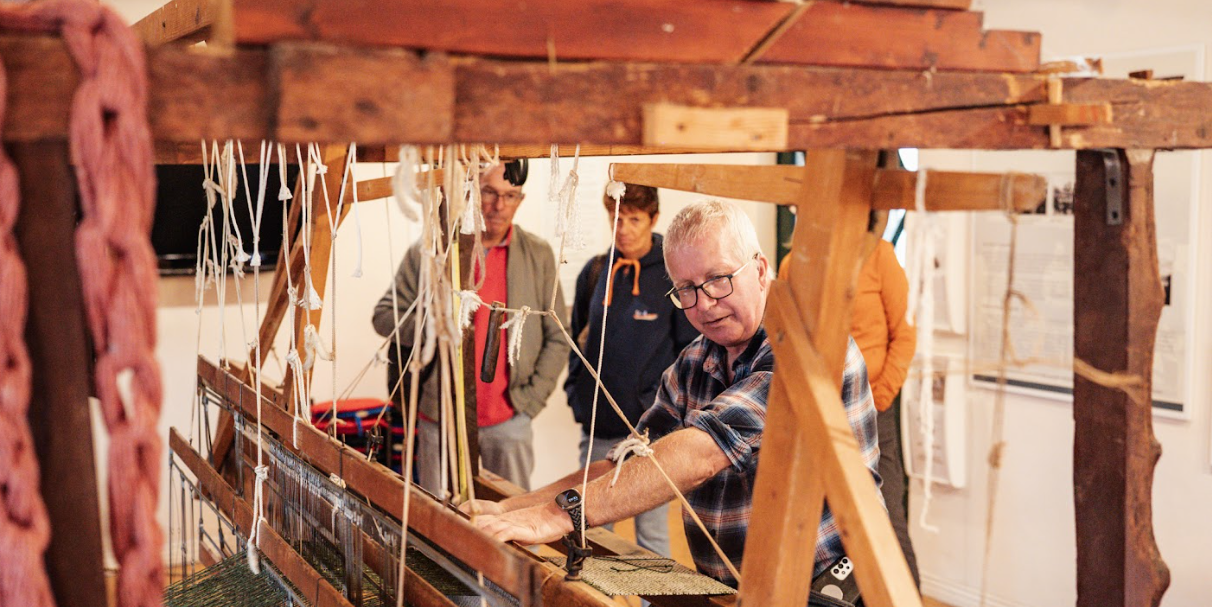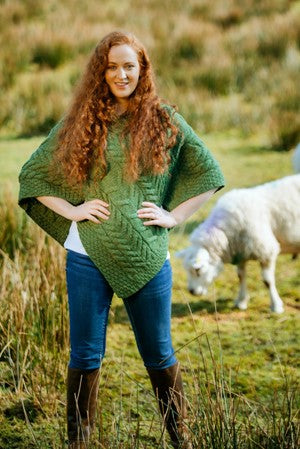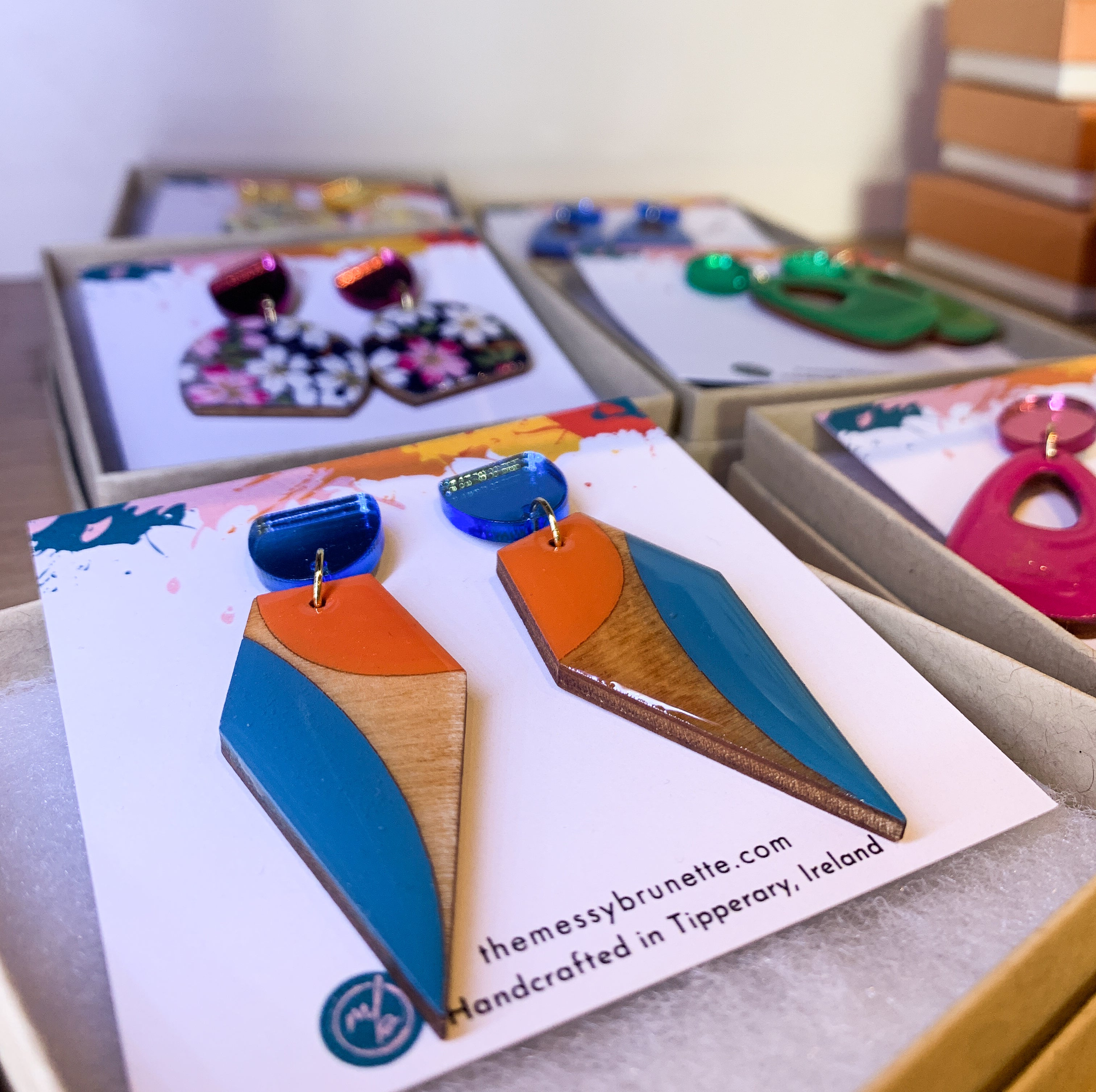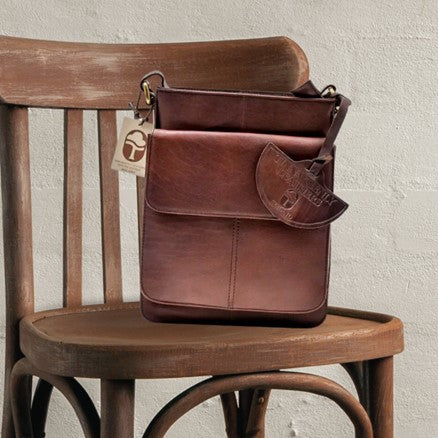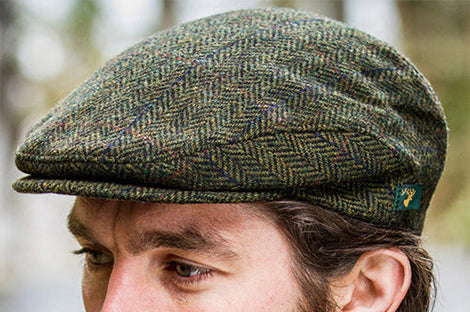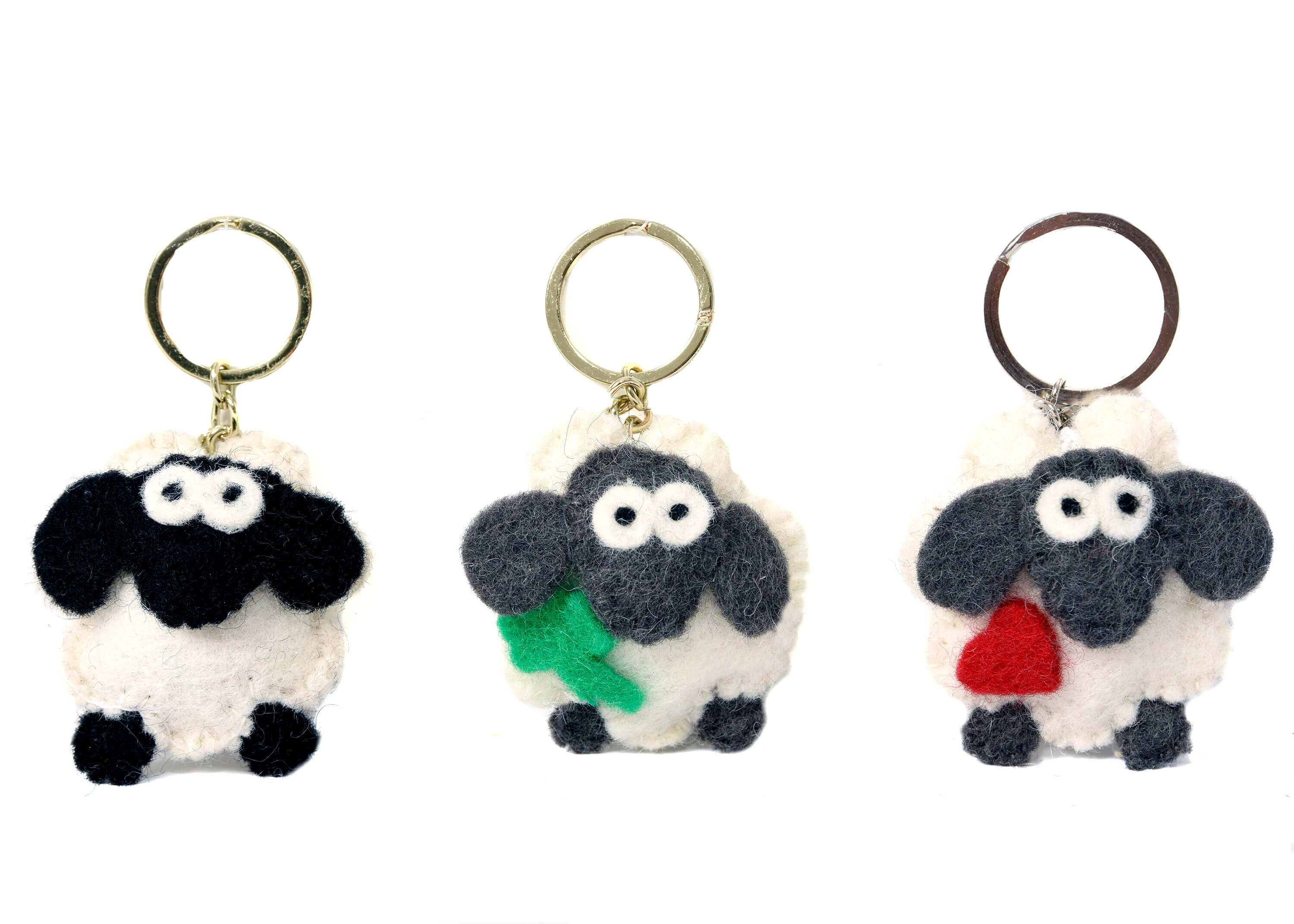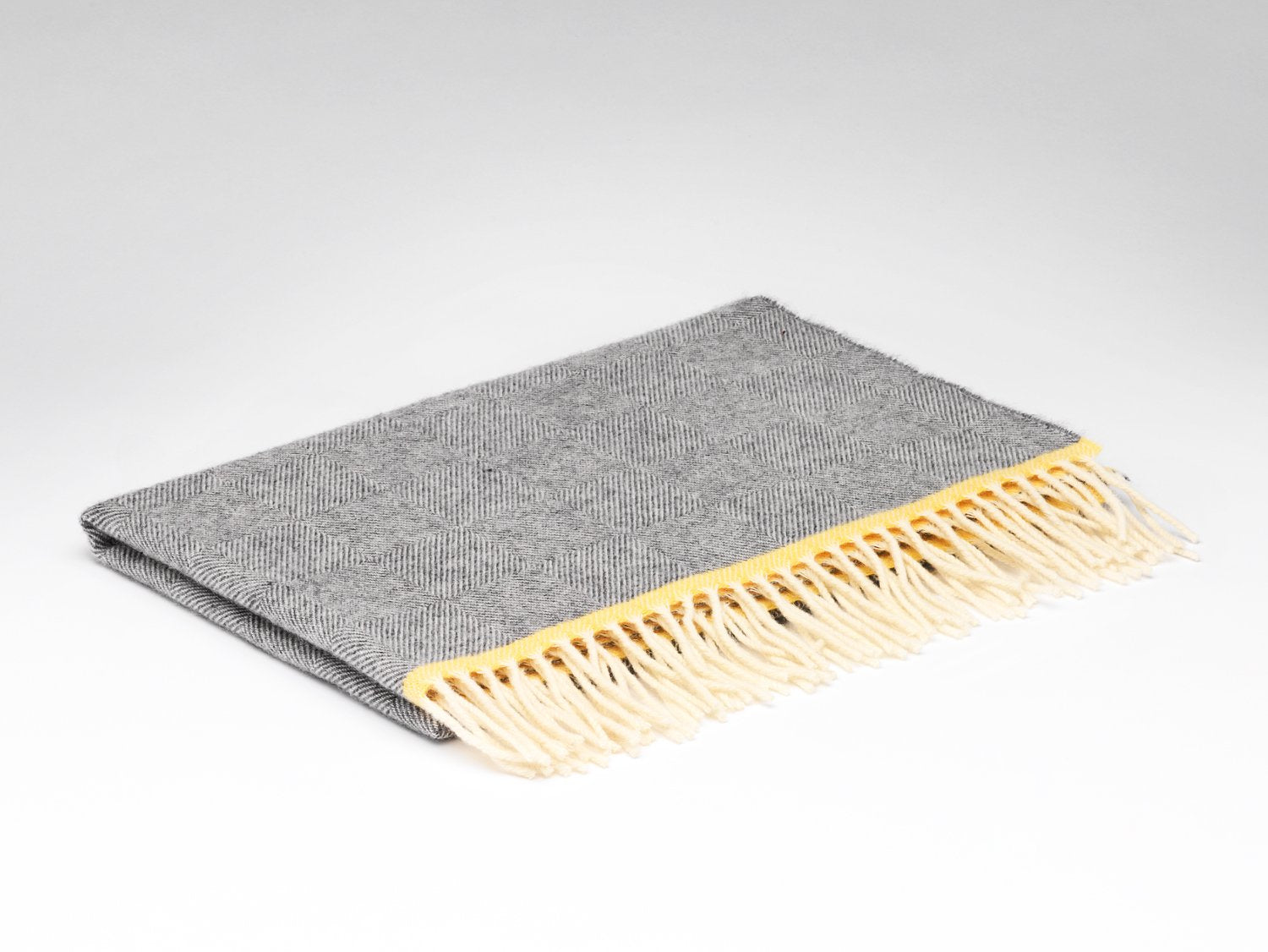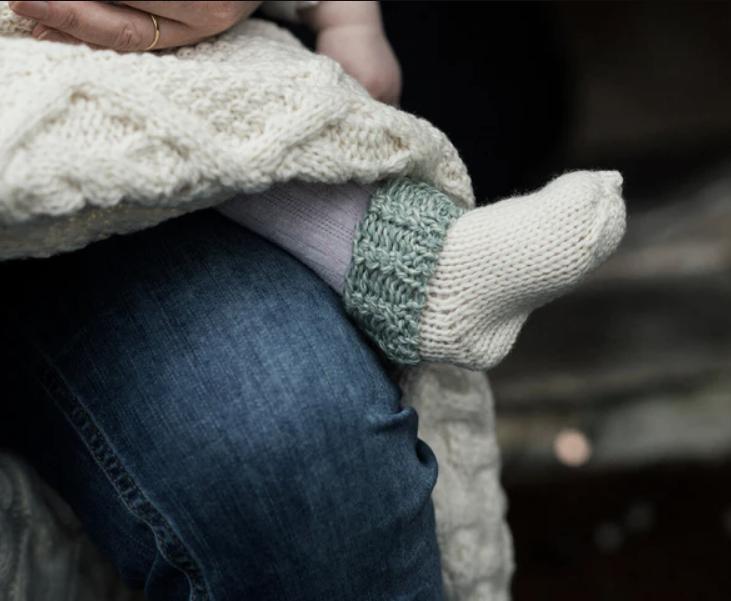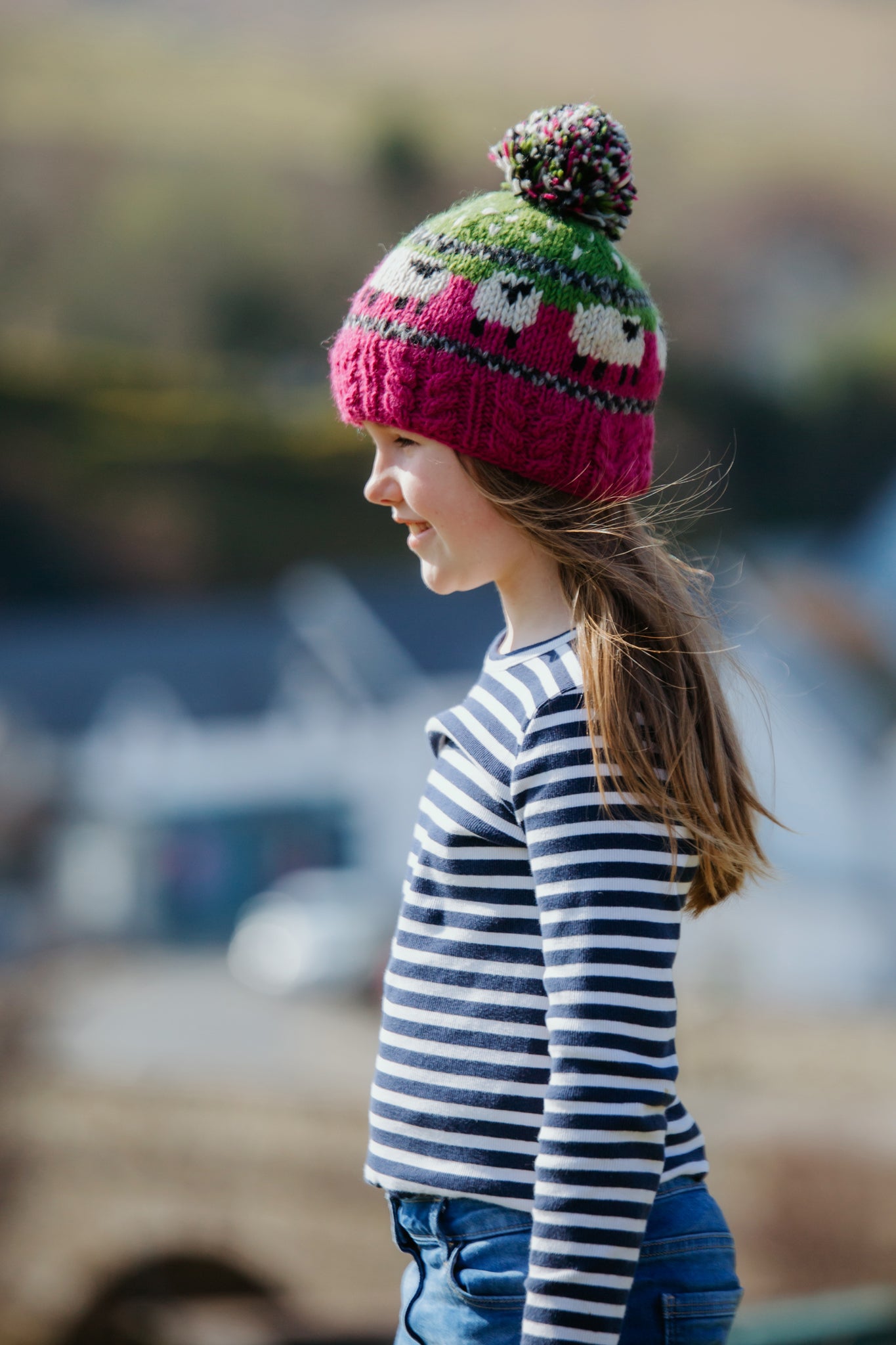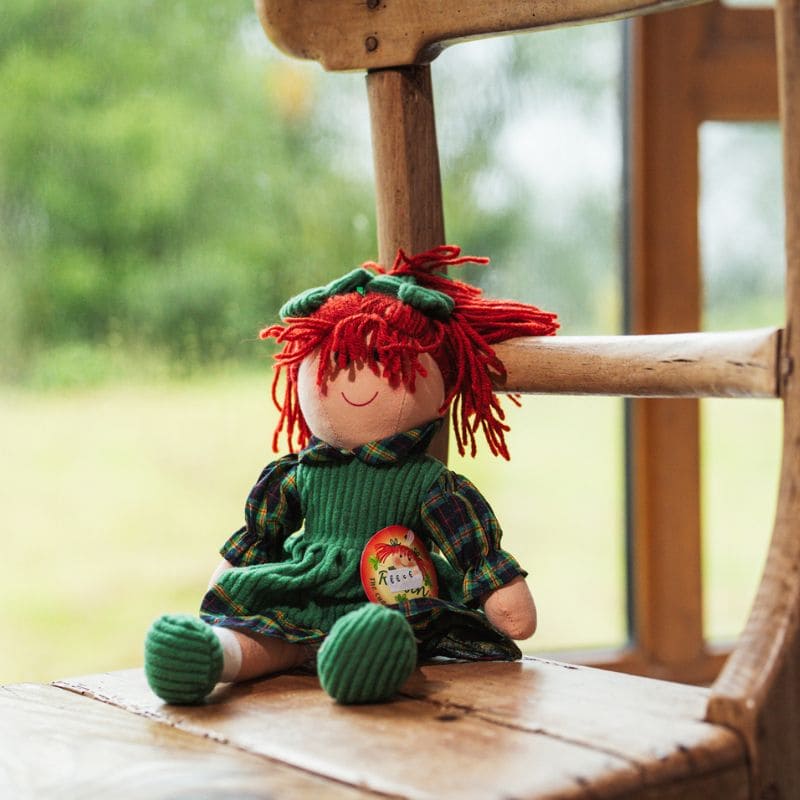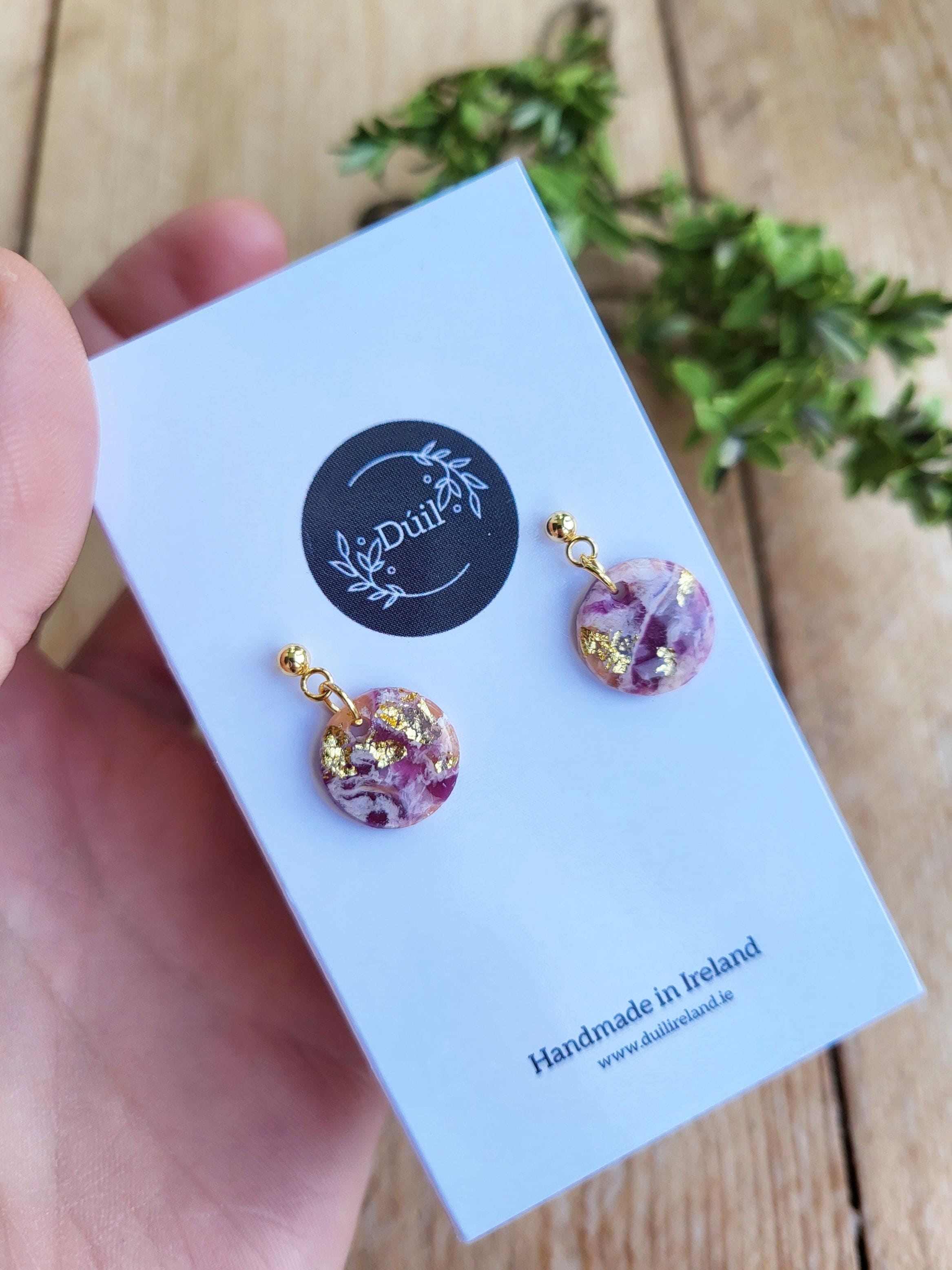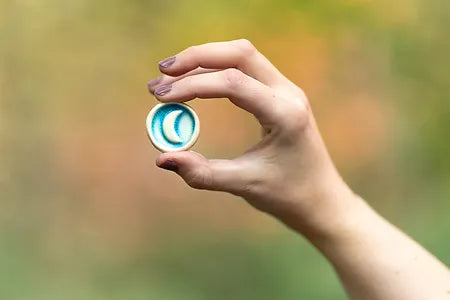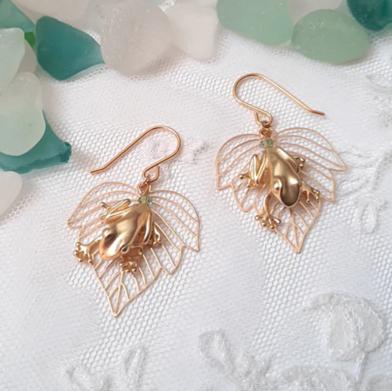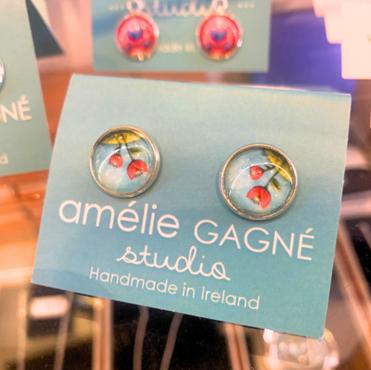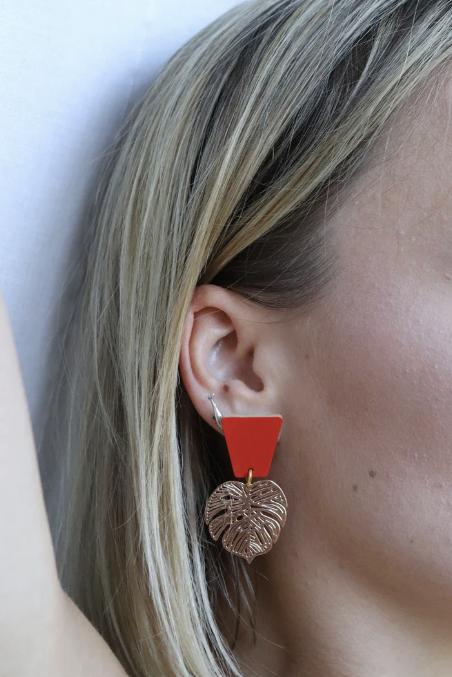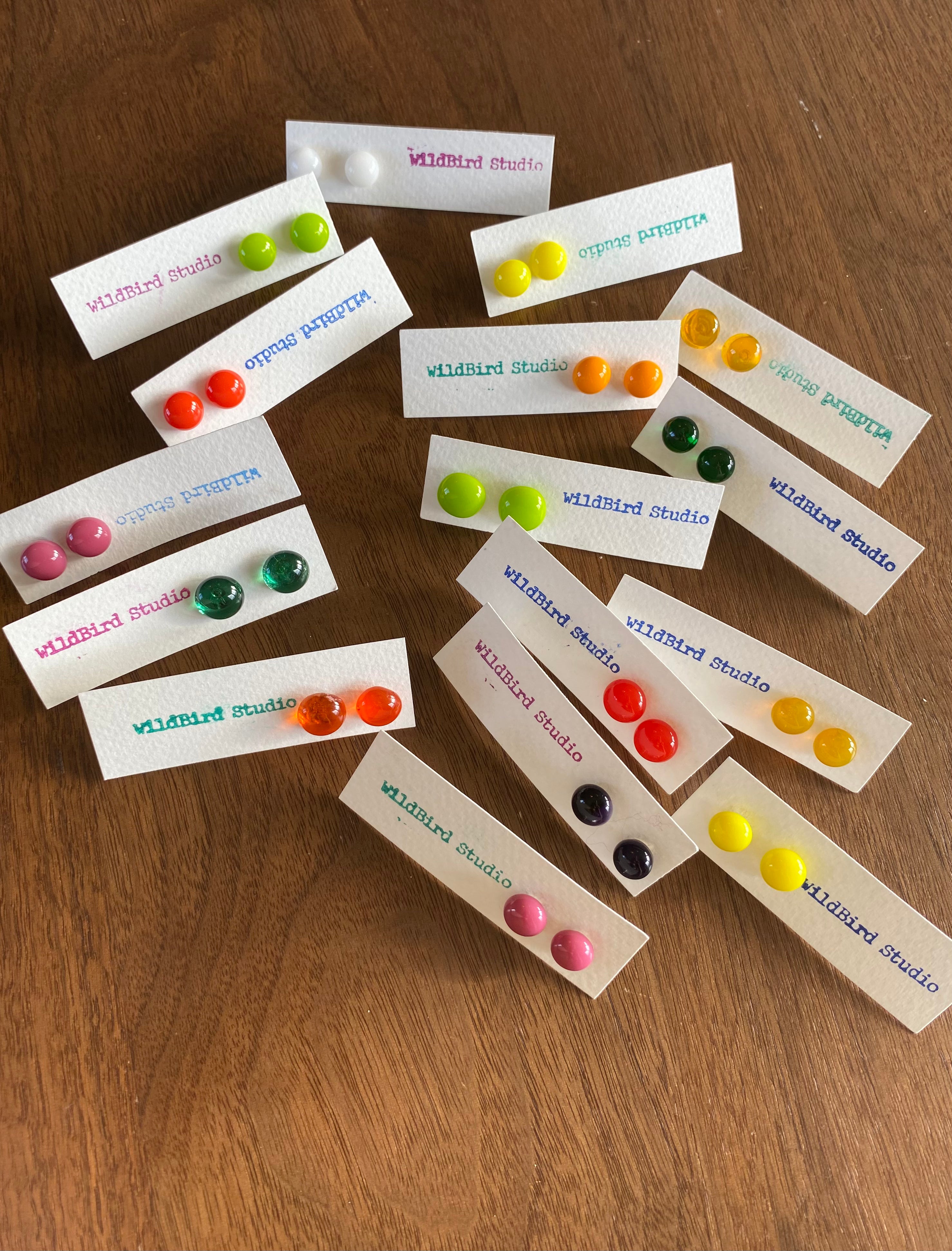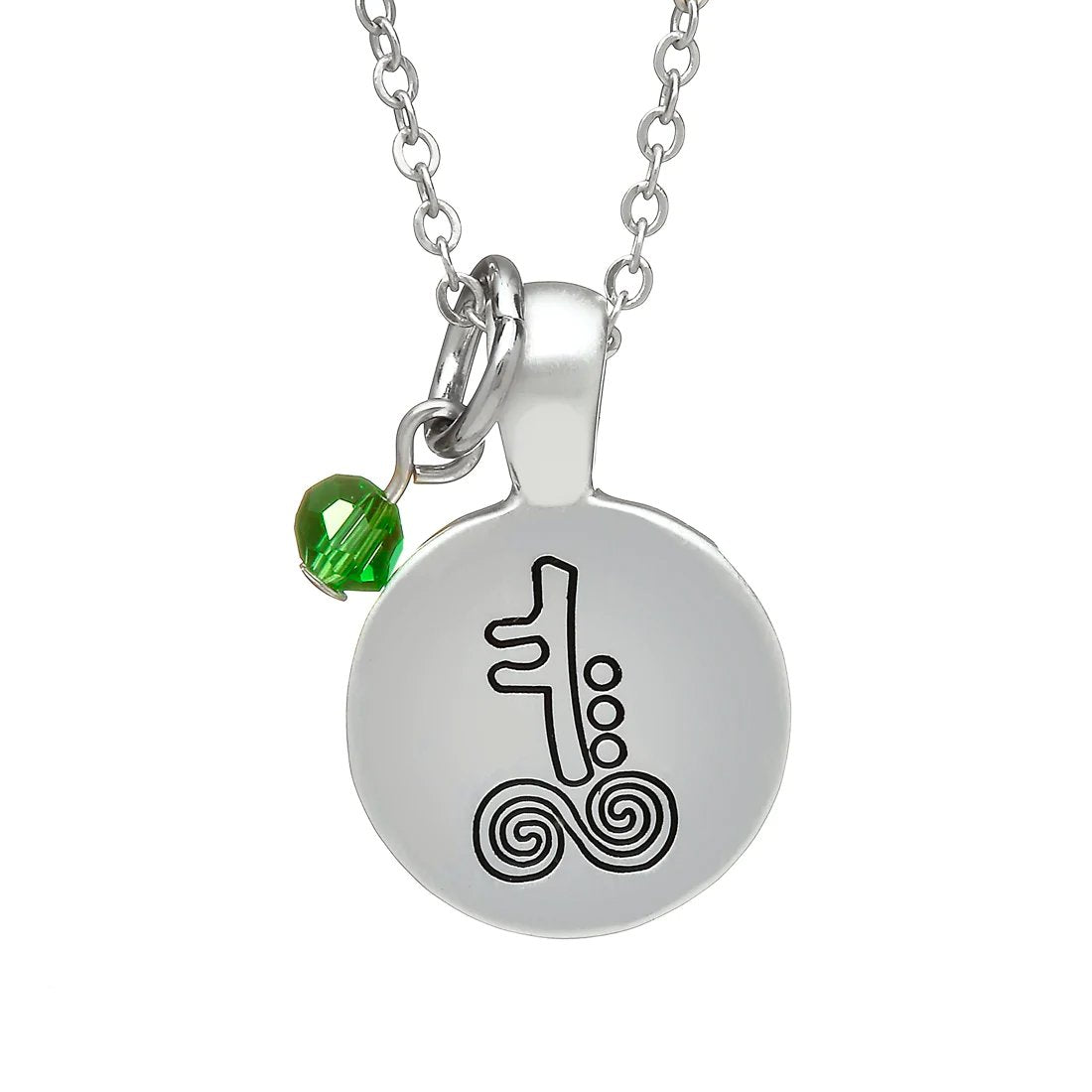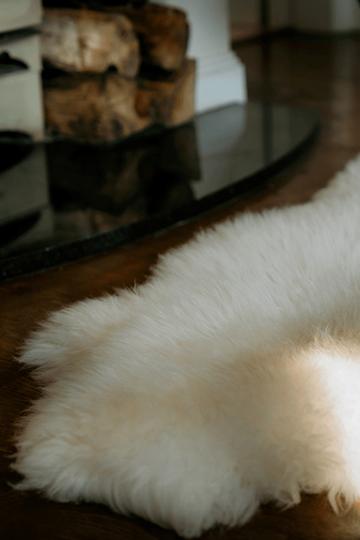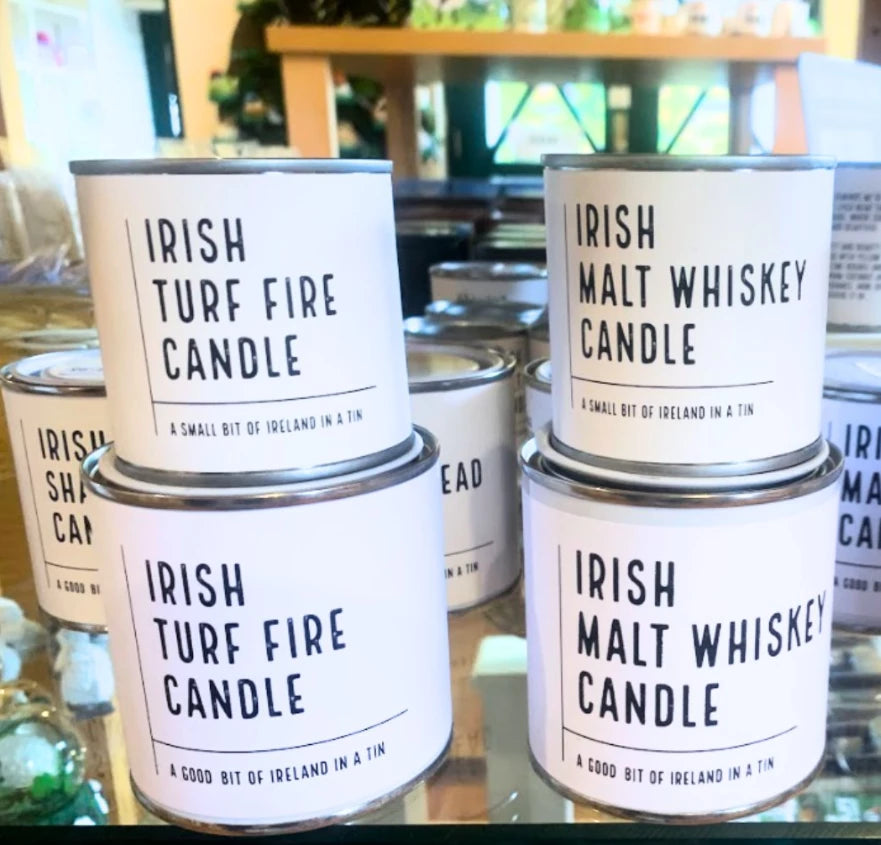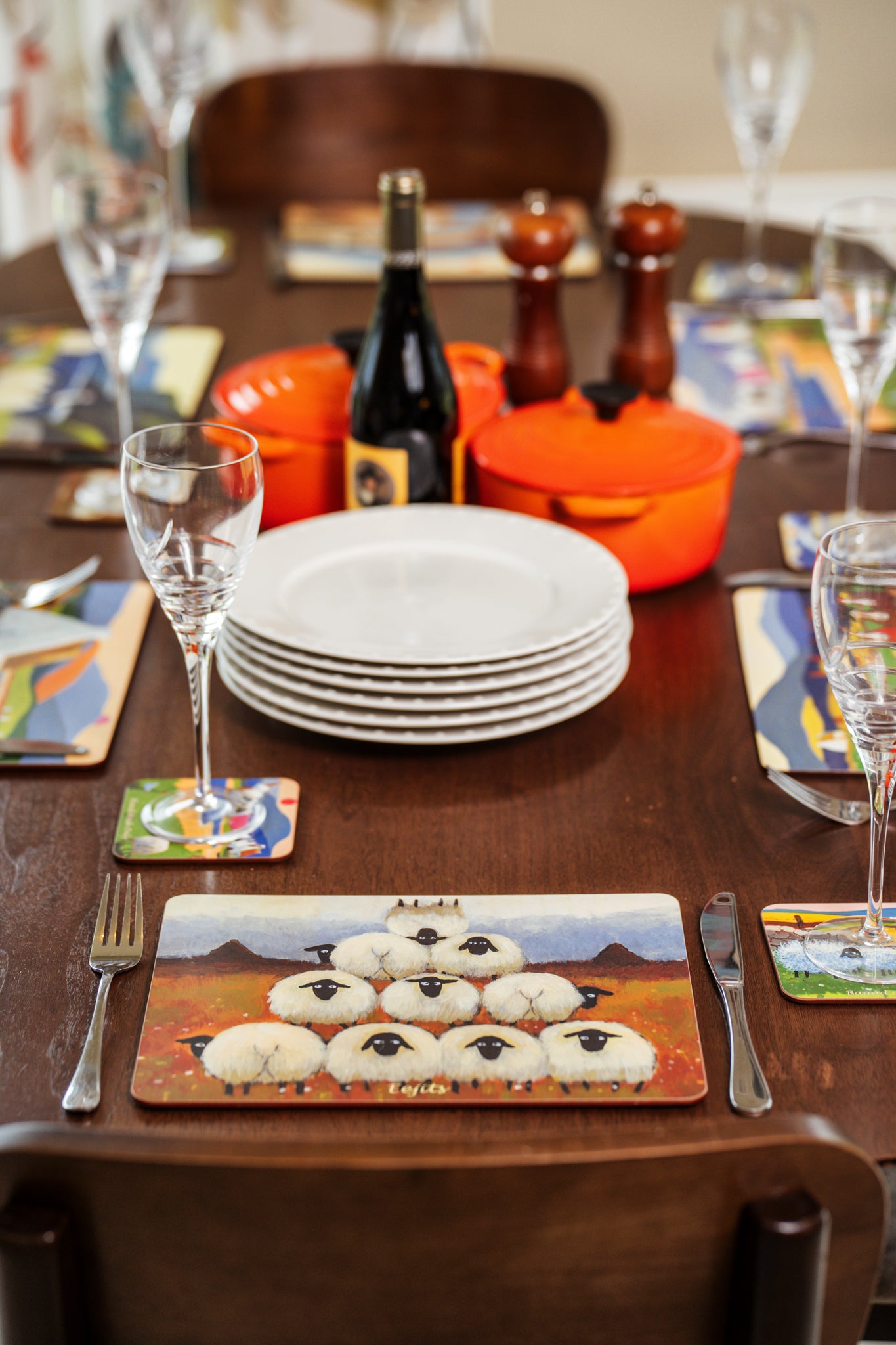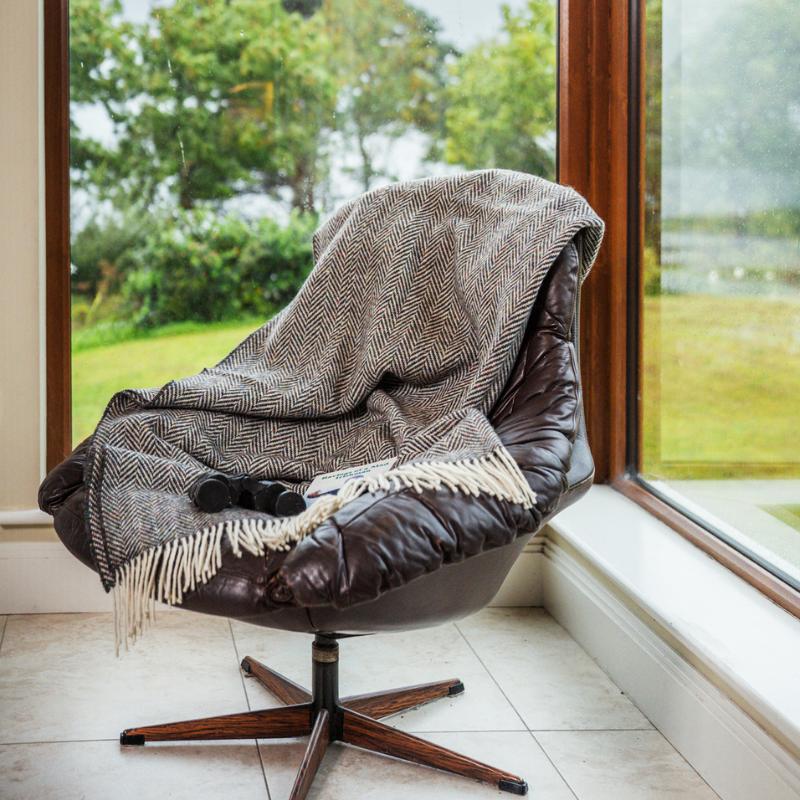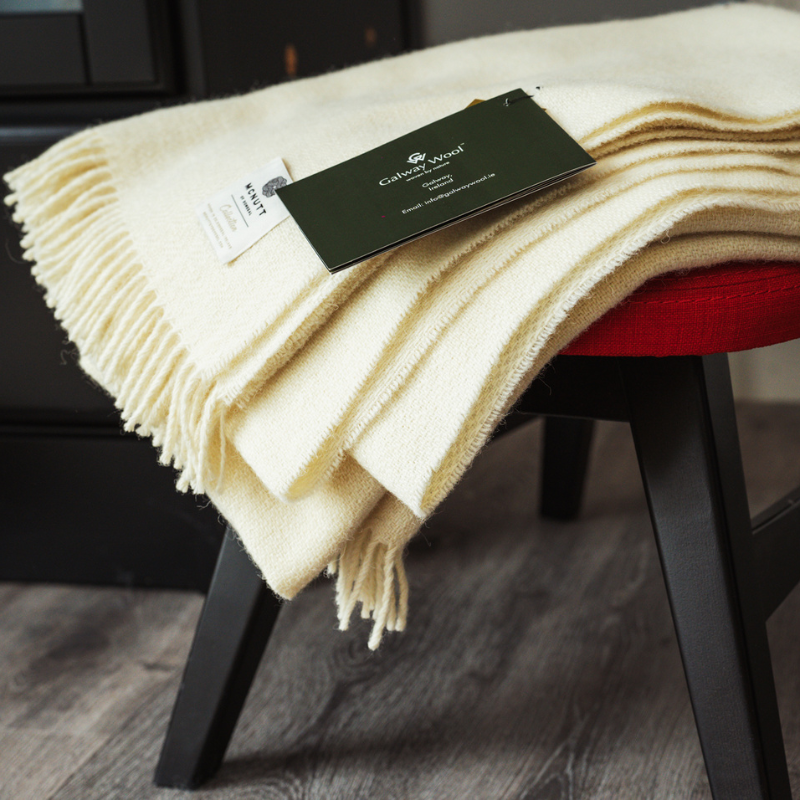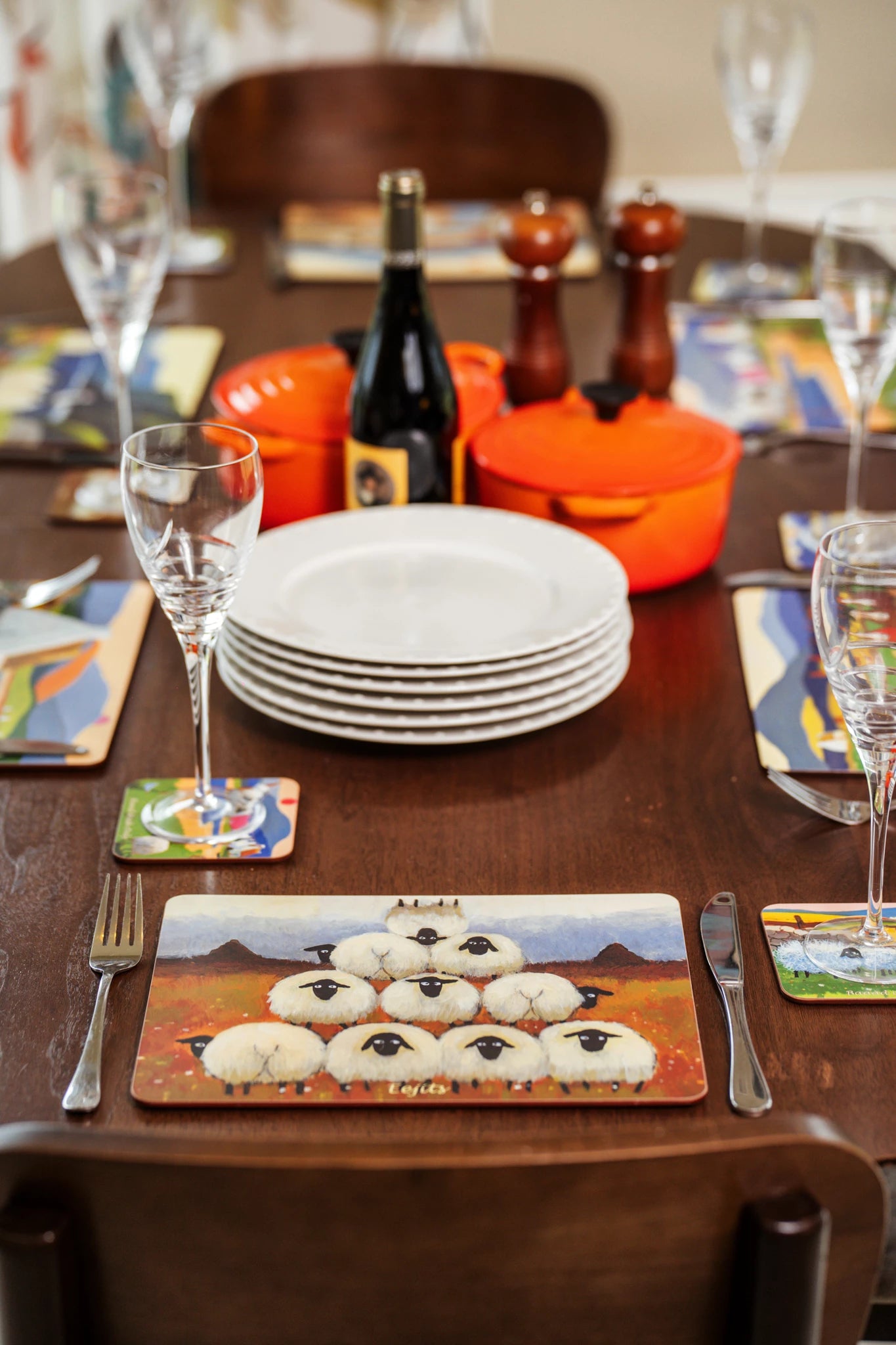Menu

7 Hidden Gems in Connemara
The beautifully rugged region of Connemara in County Galway is a popular tourist spot and is known as one of the most beautiful natural landscapes in Ireland. If you are exploring the West of Ireland along the Wild Atlantic Way and are interested in discovering the area for yourself, why not take locals' advice and stray off the beaten track?
Growing up in Leenane I have explored every nook and cranny this glorious region has to offer and have put together a list of 7 hidden attractions in Connemara that you will not want to miss!
Glassilaun Beach:

Glassilaun is a lovely white sandy beach situated between Renvyle and Killary Bay. The water here is fresh, crystal clear and lovely to swim in. The beach enjoys an impressive mountain backdrop. Car parking is available adjacent to the beach. The beach is popular for swimming, snorkelling, walking and sightseeing.
Dog’s Bay Beach:

Dog’s Bay is a spectacular horseshoe-shaped bay with a long stretch of white sandy beach. The sand is not comprised of traditional limestone but rather made entirely of fragments of seashells which give it a pure white colour. The bay is sheltered from currents and is considered safe for swimming and other watersports such as windsurfing and kitesurfing. There are also wonderful trails for walking nearby.
Killary Sheep Farm:
Killary Sheep Farm is a traditional working farm near Leenane, County Galway. Visitors can view skilled Irish sheep dog demonstrations, sheep shearing, traditional turf cutting, walking trails and bottle-feeding orphan lambs.

Killary Sheep Farm is located on the southern shores of Killary Fjord, 6km from the village of Leenane, County Galway on the N59.
Maumeen Mountain Pass and Shrine:
Maumeen is a mountain pass in Connemara, County Galway, that links the Maum and Inagh Valleys through the Maumturk mountains, at 250m high. The name originates from the Irish “Maum na Ean” meaning "Pass of the Birds”.
Two thousand years ago Maumeen was an important Celtic shrine connected with Crom Dubh, a deity in oral history. The coast is visible in one direction and the inland valleys in the other from this vantage point.

It is easy to imagine how, at harvest time, this would have been a great location for a seasonal festival at which the coast-dwelling Celts and their valley-dwelling cousins could each exchange their products with each other and party into the night.
Make sure you wear your hiking boots on this 2 to 4-hour hike, an ancient trail that leads to a mountainous pilgrimage site dedicated to Saint Patrick. At the end of the 4-km hike you’ll reach the Maumeen Pass located in Connemara’s Maumturk Mountains, with epic views of the surrounding lakes and bogland.
Foher Famine Village:
Away from the coast in North Connemara where the counties of Galway and Mayo meet, you’ll find the last remaining famine villages in Ireland. The original potato ridges where the local people eked out a living from a crop that would fail miserably in the middle of the 19th century are also evident.
The Foher Famine Village is located close to Killary Fjord, the only glacial fjords on the island of Ireland.
Nearby is an unfinished “famine relief road” snaking its way up and over the nearby mountainside. It is one of several public works projects that the Irish were expected to work on in return for meagre rations and a small allowance from the British government.
Sky Road Loop:
This 16km route takes you out west from Clifden, onto the Kingstown peninsula, and back into Clifden via the N59. The peninsula is also part of the Wild Atlantic Way driving route. The scenery along Sky Road is stunning.

The route is well signposted from Clifden town and is easy to find. As you travel away from Clifden, you are going uphill on Sky Road. Not long after you see the Castle Gates, the road will separate into the lower and upper roads.
The lower road goes downhill towards the sea and will give you a very close-up view of the landscape, but the upper road is most popular because of the views it offers over the entire area. Here you will find unbeatable views of the Connemara countryside, the Atlantic Ocean, The Islands, and the coastline of Co. Mayo to the North, and Co. Clare to the south.
Cleggan Village:
Cleggan is a small fishing village nestling at the head of Cleggan Bay, on Connemara’s Atlantic Coast. This village is also the departure point for ferry services to the islands of Inishbofin and Inishturk.

The outstanding feature of the landscape around Cleggan is a blanket bog. Ireland and Connemara contain the last surviving blanket bogs in Europe. Few plant species can live in the acid condition of the bog, but those that can form vegetation that is not found outside Ireland.
- Choosing a selection results in a full page refresh.
